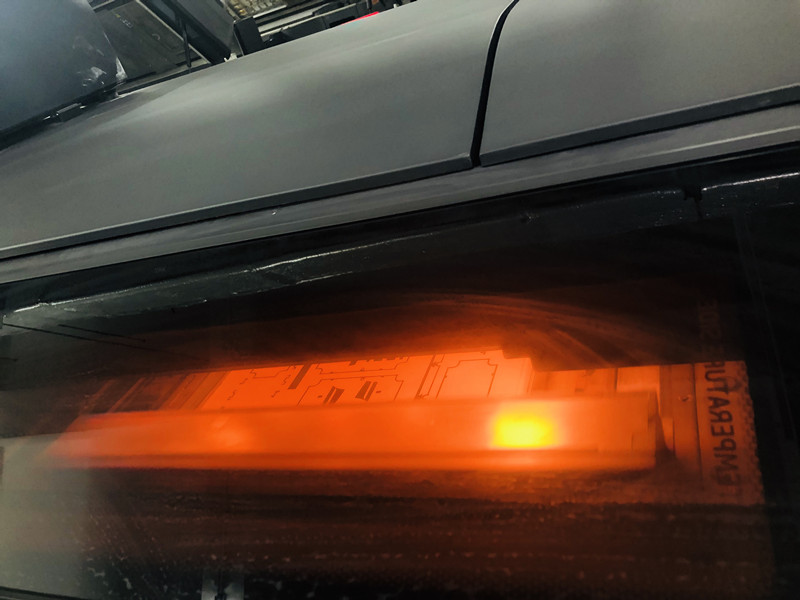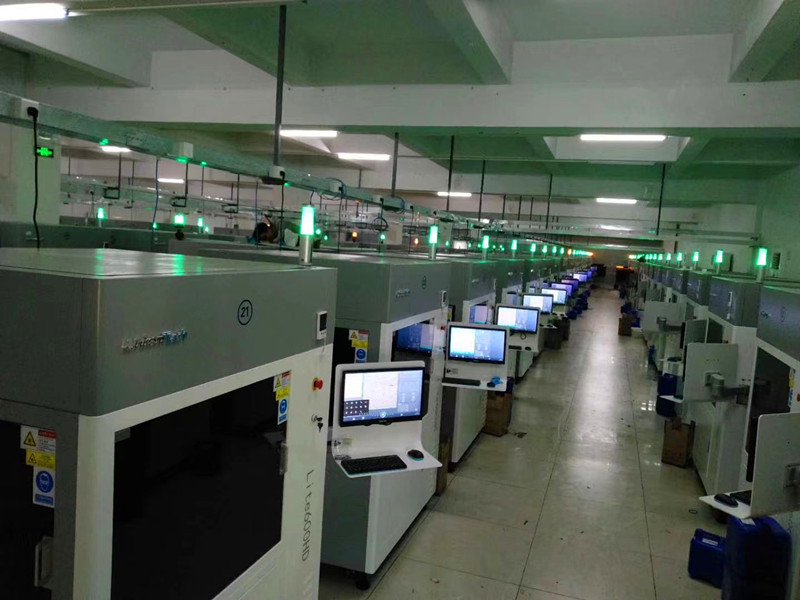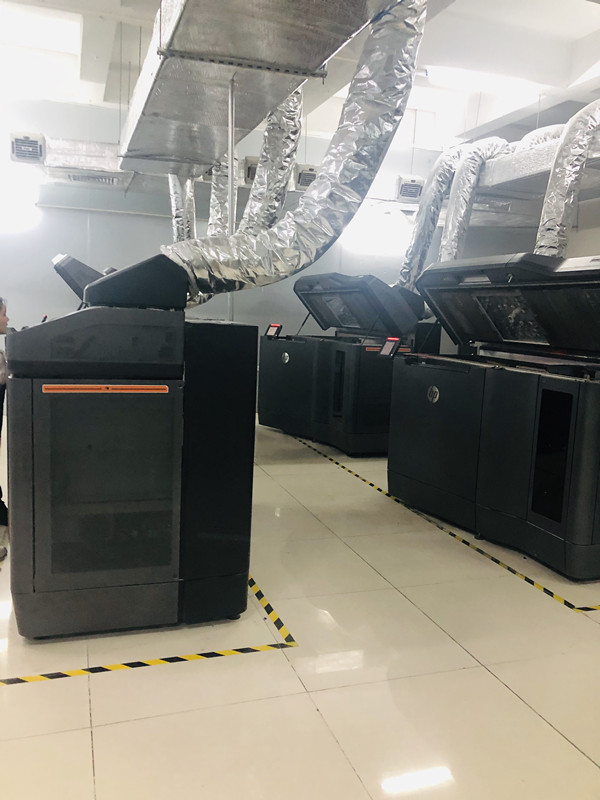While debate rages on technology forums across the web about if, when and how 3D printing will change life as we know it, the big question most people want answered about this most hyped of hyperbolic technologies is a much more straightforward one: how, exactly, does 3D printing work? And, believe it or not, the answer is much more straightforward than you might imagine. The truth is that everybody designing and printing 3D objects, be they a boffin with a seven figure salary creating moon rocks in a NASA laboratory or a drunk amateur firing off a custom made bong in his garage, follows the same basic, 5 step process.

Step One: Decide what you want to make
It would take a very unimaginative soul indeed to hear about the mind bending potential of 3D printing and not think ‘I’d really like to give that a go.’ Yet ask people what, exactly, they would make with access to a 3D printer and chances are they have less of a clear idea. If you are new to the technology, then the first thing to know is you should believe the hype: just about anything and everything can and will be made on one of these things. Google ‘weirdest/ craziest/ stupidest/ scariest things made on a 3D printer’ and see how many results are served up. The only things holding you back are your budget and your ambition.
If you have an endless supply of both of these things, then why not have a bash at printing a house that goes on forever like maverick Dutch architect Janjaap Ruijssenaars? Or maybe you fancy yourself as a geek version of Stella McCarthney and want to print off a dress like the one Dita Von Teese has been modelling all over the internet this week? Or maybe you’re a libertarian Texan gun-nut and want to make a point about the freedom to shoot people – what could be a better use for this revolutionary new hardware than throwing together your own pistol?
All of these things and much, much more are possible. Before you start thinking too big, however, perhaps it’s worth reading Step Two…
Step Two: Design your object
So, yes, there is kind of another thing holding you back when it comes to 3D printing and it’s a biggie: your design ability. 3D models are designed on animated modelling software or Computer Aided Design tools. Finding these is easy – there’s plenty of free ones online suitable for beginners including Google Sketchup, 3DTin, Tinkercard and Blender. Though the basics are easy enough to pick up, you probably won’t be able to create a truly print-worthy design until you’ve had a few weeks of dedicated training.
If you are planning to go professional then expect at least a six month learning curve (i.e. doing nothing but designing for that entire time) before you’ll be able to create anything anybody will buy. Even then, it could be years before you are good enough to really make a living out of it. There are plenty of programmes out there for pros. Among the top rated are DesignCAD 3D Max, Punch!, SmartDraw and TurboCAD Deluxe, all of which will set you back a hundred dollars or more. For a more detailed look at designing 3D models, take a look at our Beginners’ 3D Print Design Guide.
The basic process on all software will be similar. You build a blueprint, bit by bit, for your three dimensional model, which the programme divides up into layers. It is these layers that make it possible for your printer to create the object utilising the ‘additive manufacturing’ process (more on that later). This can be a painstaking process and, if you really want to make something worthwhile, it should be. Getting dimensions, shape and size perfect will be make-or-break when you eventually send your design to the printer.
Sound like too much hard work? Then you can always just buy a ready-made design from somewhere on the web. Shapeways, Thingiverse and CNCKing are amongst the many sites that offer models for download and, chances are, whatever it is you want to print, somebody out there will already have designed it. The quality of designs, however, varies massively and most design libraries do not moderate entries, so downloading your models is a definite gamble.
Step Three: Choose your printer
The kind of 3D printer you use will depend very much on the kind of object you are looking to create. There are approximately 120 desktop 3D print machines available right now and that number is growing. Among the big names are the Makerbot Replicator 2x (trusted), the ORD Bot Hadron (affordable) and the Formlabs Form 1 (exceptional). This is the tip of the iceberg, however.


Step Four: Choose your material
Perhaps the most exciting thing about the 3D printing process is the incredible variety of materials you can print in. Plastic, stainless steel, rubber, ceramics, silver, gold, chocolate – the list goes on and on. The real question here is how much detail, thickness, and quality you require. And, of course, how edible you want your object to be.
Step Five: Press Print
Once you kick the printer into gear it proceeds to release your chosen material to the machine’s building plate or platform. Different printers use different methods but a common one is the spraying or squeezing of the material from a heated extruder through a small hole. It then makes a series of passes over the plate below, adding layer after layer in accordance with the blueprint. These layers are measured in microns (micrometers). The average layer is about 100 microns, though top end machines can add layers as slight and detailed as 16 microns.
These layers fuse with one another as they meet on the platform. The Independent journalist Andrew Walker describes this process as ‘like baking a sliced loaf of bread backwards’ – adding it slice by slice then joining those slices together to create a single whole piece.
So, what do you do now? You wait. This process is not a short one. It may take hours, days, weeks even depending on the size and complexity of your model. If you don’t have the patience for all that, not to mention the months you need to perfect your design technique, then perhaps you’re better off sticking to your…
Post time: Nov-19-2021

